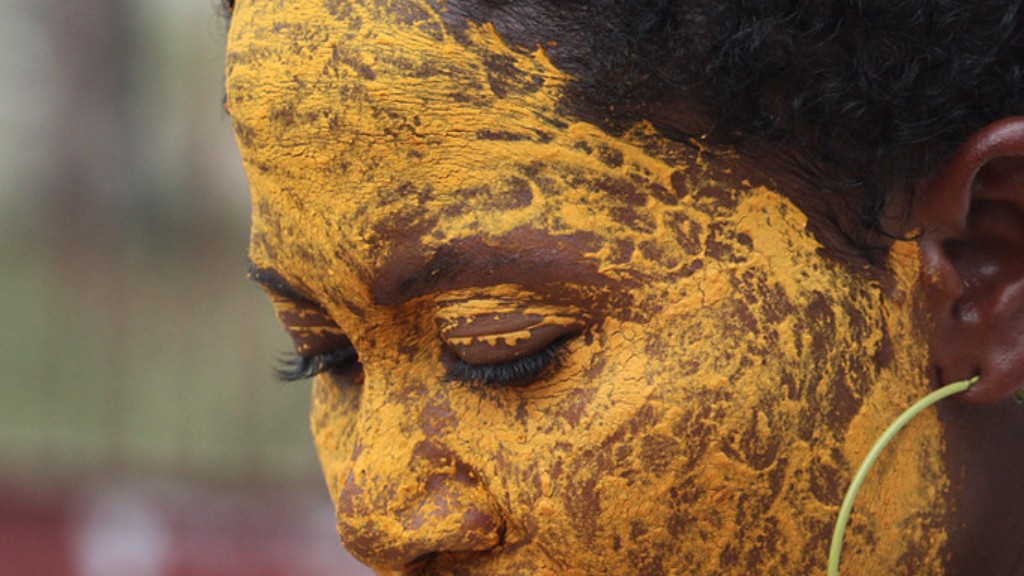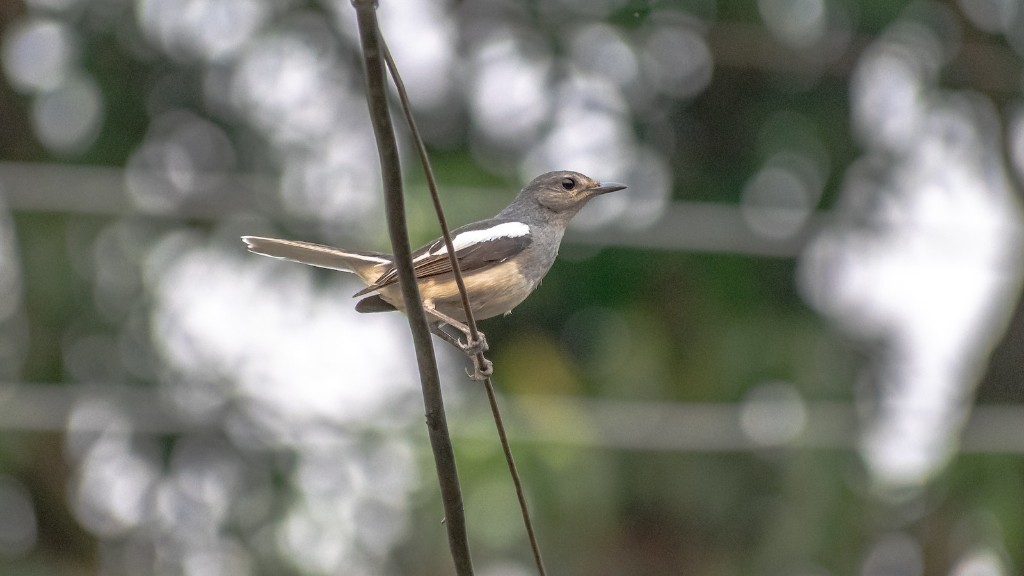Did Madagascar Get Hit by the Cyclone?
Cyclones can cause widespread destruction and devastation, leaving a lasting impact on communities and regions. Madagascar, the world’s fourth-largest island, is no stranger to the wrath of these natural disasters. In recent years, the island has been vulnerable to cyclones, causing significant damage to its infrastructure, economy, and people’s lives.
The latest cyclone to hit Madagascar, Cyclone Eloise, made landfall in late January 2021. The cyclone brought heavy rainfall, strong winds, and storm surges that affected various parts of the island. According to the National Disaster Risk Management Bureau, over 1.3 million people were affected, with at least 10 fatalities reported. The regions of Sofia, Boeny, Melaky, and Diana were among the most severely impacted.
Madagascar has a history of being prone to cyclones due to its geographical location in the southwestern Indian Ocean. Its susceptibility to natural disasters is exacerbated by factors such as deforestation, poor infrastructure, and a high poverty rate. These factors contribute to the vulnerability of local communities and their ability to withstand the impact of cyclones.
In response to the cyclone, the government of Madagascar, along with international organizations and humanitarian agencies, launched emergency response efforts to provide relief to affected communities. The priority was to ensure the safety and well-being of those affected, including the provision of shelter, food, and clean water.
Experts have highlighted the urgent need for improved disaster preparedness and resilience-building measures in Madagascar. The country’s cyclone season typically lasts from November to April, and it is crucial to enhance early warning systems to enable timely evacuations and minimize loss of life. Additionally, investing in infrastructure development, such as strengthening housing and building cyclone-resistant structures, is vital to mitigating the impact of future cyclones.
Climate change is expected to exacerbate the frequency and intensity of cyclones in the region, further emphasizing the need for proactive measures. Rising sea levels, warmer ocean temperatures, and changing weather patterns contribute to the formation and intensification of cyclones. Madagascar, along with other vulnerable regions, must prioritize climate change adaptation strategies to build resilience and protect its population from future cyclonic events.
The Impact on Agriculture and Food Security
The cyclone’s impact on agriculture and food security in Madagascar is significant. The country heavily relies on agriculture, with approximately 80% of the population engaged in farming activities. Cyclones can destroy crops, livestock, and infrastructure, disrupting the food supply chain and jeopardizing the livelihoods of communities.
The destruction caused by Cyclone Eloise adds to the existing challenges faced by Madagascar, including persistent food insecurity and malnutrition. The cyclone’s aftermath worsens the availability and accessibility of nutritious food, increasing the risk of hunger and exacerbating existing health issues.
Efforts are underway to provide immediate relief by distributing emergency food supplies and seeds to affected communities. However, long-term solutions are needed to address the underlying issues of food insecurity and build resilience in the agricultural sector.
The Role of International Aid and Support
The response to Cyclone Eloise in Madagascar highlighted the importance of international aid and support. Various countries and organizations provided financial assistance, resources, and deployed humanitarian teams to assist in the relief efforts.
International aid plays a crucial role in providing immediate relief to affected communities and supporting long-term recovery and reconstruction efforts. It enables access to necessary resources, expertise, and funding that may not be readily available within the country.
Collaborative efforts between the government, international organizations, and local communities are essential for effective disaster response and building resilience. These partnerships can facilitate knowledge sharing, technical assistance, and the implementation of sustainable solutions.
The Road to Recovery and Resilience
The road to recovery and resilience in the aftermath of Cyclone Eloise is a challenging one, but it presents an opportunity for Madagascar to build back better. The cyclone’s impact has shed light on the urgent need for infrastructure development, disaster preparedness, and climate change adaptation.
Rebuilding efforts should prioritize sustainable infrastructure, including cyclone-resistant buildings, improved drainage systems, and strengthened early warning systems. Integrating climate change considerations in urban planning and infrastructure development is crucial for long-term resilience.
Furthermore, investing in education and awareness programs can empower communities to respond effectively to future cyclonic events. Educating people about disaster preparedness, early warning signs, and evacuation procedures can save lives and minimize damages.
Moving forward, Madagascar must also address underlying issues such as deforestation, poverty, and food insecurity that exacerbate the impact of cyclones. Sustainable land management practices, poverty alleviation programs, and agricultural diversification can contribute to building resilience and reducing vulnerability.
Conclusion
The impact of Cyclone Eloise on Madagascar serves as a reminder of the devastating power of cyclones and the urgent need for disaster preparedness and climate change adaptation. Rebuilding efforts must prioritize long-term resilience, sustainable infrastructure, and addressing underlying factors that contribute to vulnerability.




